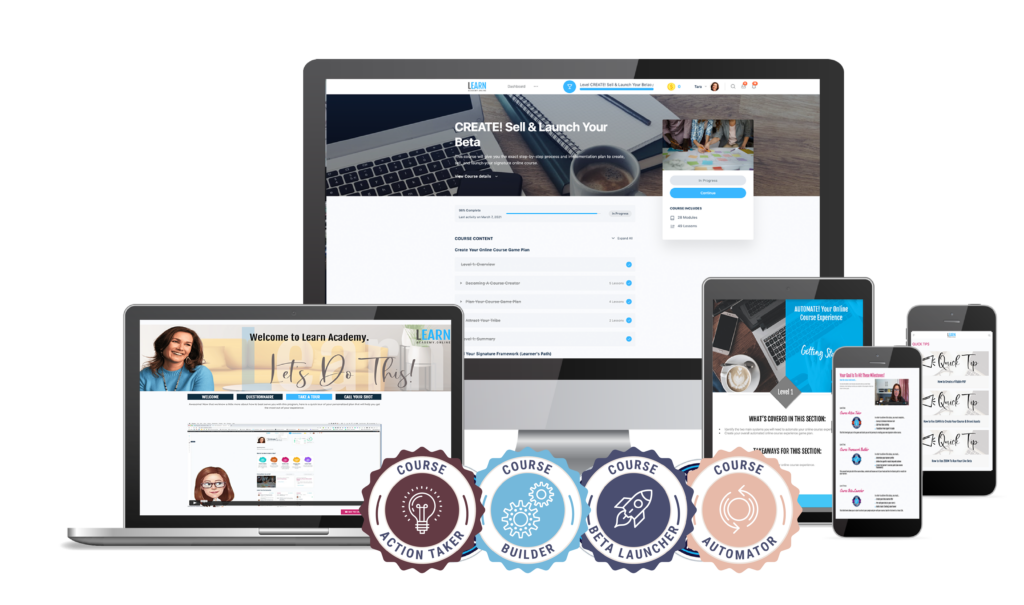Our brains are bombarded with tons of information every second, but we can only focus on a tiny bit of it at a time. So, what makes us pay attention to one thing and not another?
It boils down to a few key factors:
- Novelty: Anything new or surprising grabs our attention. Our brains are wired to notice changes because they could mean opportunities or threats.
- Relevance: We pay more attention to things that matter to us personally. If something speaks directly to our needs or interests, it’s got our focus.
- Emotional Impact: Strong emotions, whether they’re positive or negative, make things more memorable. We tend to remember and react to content that makes us feel something.
So whether you’re running an online program, a marketing campaign, or any digital service it is critical to your success to gain your customer’s attention. These nine steps will help ensure your users show up, participate, and get results:
1. Know Your Audience: Know who they are, what they want, and tailor your content to their needs.Action Steps:
- Conduct surveys and interviews.
- Analyze demographic and psychographic data.
- Use analytics tools to track user behavior and interests.
Action Steps:
- Use powerful, emotive words in your headlines.
- Clearly state the benefits or value the user will gain.
- Pose intriguing questions or present surprising facts.
Action Steps:
- Use user data to tailor content, recommendations, and communications.
- Segment your audience and create specific content for each segment.
- Implement personalized email campaigns and dynamic website content.
Action Steps:
- Incorporate high-quality images, videos, and infographics.
- Use video tutorials, webinars, and interactive content like quizzes.
- Ensure visuals are relevant and enhance the learning experience.
Action Steps:
- Share case studies, testimonials, and success stories.
- Use storytelling techniques to illustrate key points and concepts.
- Create narratives that resonate with your audience’s experiences and aspirations.
Action Steps:
- Use quizzes, polls, and interactive videos.
- Incorporate gamification elements like badges, points, and leaderboards.
- Create interactive webinars and live Q&A sessions.
Action Steps:
- Establish a consistent publishing schedule.
- Focus on providing valuable, well-researched content.
- Continuously update and improve your materials based on feedback and new information.
- Ensure your platform is easy to navigate with clear calls to action.
- Optimize for mobile devices.
- Minimize load times and technical issues.
- Create forums, discussion groups, or social media communities.
- Encourage peer support and collaboration.
- Host live events and meetups, even virtually.
By following these steps, you can create an online experience that not only captures attention but also keeps your audience engaged and invested in their learning journey.
Real-World Success Stories
Personalization has led to significant success for many companies. Here are a few examples:Duolingo
Duolingo – the popular language-learning platform, uses personalization to keep learners engaged. They analyze user progress and adapt the difficulty level of lessons accordingly. They also send personalized notifications to encourage users to continue their learning streaks. As a result, Duolingo boasts high user retention and engagement rates.Stitch Fix
Stitch Fix is an online personal styling service that sends users a curated selection of clothing items based on their style preferences. They use data from user surveys, past purchases, and feedback to personalize each shipment. This highly personalized approach has led to a loyal customer base and significant growth for the company.Coursera
Coursera, an example of an online learning platform, uses personalization to recommend courses based on a user’s past activity and interests. They also provide personalized learning paths and reminders to help users stay on track. This tailored experience has helped Coursera become one of the leading platforms in the online education space. Capturing and keeping customer attention in an online program is both an art and a science. By understanding how attention works and applying these strategic tips, you can create an engaging online experience that attracts and retains customers.Stay attuned to the latest trends and technologies to keep your audience hooked and your online program thriving.
Do you have some great examples? Share them in the comments below.

Our mission is to inspire, educate and give business owners the strategies and skills to build an infinitely scalable online business that will allow them to make a bigger impact and income without sacrificing the customer’s experience or adding more time to their already full lives.
New Posts

Learn Academy Mentorship
Transform your impact and income – Create and Grow a scalable online business using the proven Infinite Scale™ Method.

50 Ways to Engage Customers in Your Online Business - Free ebook
Get 50 strategies to maximize your time AND deliver an amazing experience to your customers.




